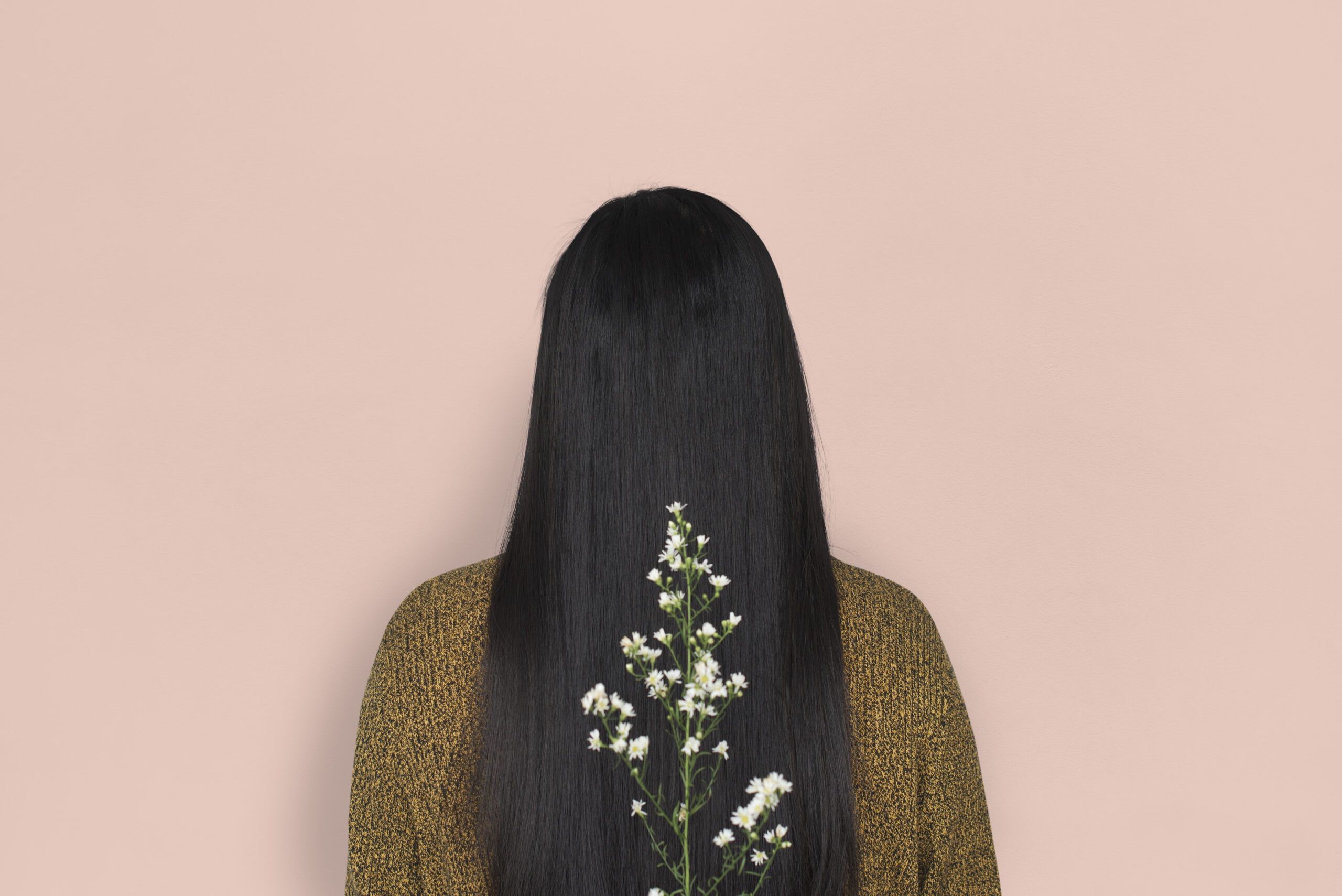Last Updated on: 17th September 2023, 11:02 pm
Hair dyeing is an ancient practice. During ancient times, plants like senna, indigo, henna, turmeric, Cassia obovata, and amla were the sources used to obtain hair dyes. To cover grey hair, Egyptians used henna to create the first hair dye — black.
Hair dye using synthetic ingredients did not emerge until the 1800s when chemist William Henry Perkin accidentally discovered the hair color mauve. This was followed by the discovery of the color-changing molecule para-phenylenediamine (PPD), which would become the base ingredient for most permanent hair dye.
However, the increased use of toxic chemicals gave rise to hair problems forcing consumers to turn into organic hair dye. In recent years, more and more manufacturers have turned to use natural ingredients as their base – shampoos, conditioners, hair spritz, hair gel, hair treatment, and hair colors.
Natural Hair Dye Ingredients
If there is one disadvantage to using herbal hair coloring, it would be the cost. Natural hair dye ingredients are expensive, which is why most recommend the use of DIY home recipes. There are many natural hair dye ingredients that you can use to dye the hair, and you’d be surprised to find that some of them are available at home.
Henna
Henna is a traditional hair dye ingredient. Use of henna dates as far back as ancient times when the Egyptians used henna to dye grey hair. Henna’s natural color is red and not black, but combining them with cassia abovata (naturally yellow) and indigo (naturally blue) would produce black. On its own, henna should create a red-orange hue, so any other color that comes out of that hue means it is not pure henna.
Henna is commonly used as a traditional hair dye or hair color. However, henna provides other benefits to your hair. Henna can inhibit baldness or hair loss. It may also improve the strength of the hair follicles and seal the hair cuticle, which prevents breakage and dandruff; and makes your hair look shiny.
To make the henna hair dye, combine a cup of henna in powder form with a tablespoon of vinegar or two cups of lemon juice to bring out the natural color of the henna powder. Let it stand for four to six hours or until it thickens.
Indigo
The indigo leaves contain deep blue dye. To turn the blue dye into powder form requires the process of harvesting, drying, and grounding it into powder form. Indigo is one of the two common hair dye ingredients that can be combined with henna.
Indigo has been used as a remedy for treating premature gray hair. When in oil form, it is a powerful remedy for reversing and preventing gray hair problems. Indigo is known to help in scalp infections, stimulate the growth of new hair, reduce dandruff, and soften dry, brittle hair.
To create the hair dye, combine warm water (not boiling water) and indigo powder, then let it stand between fifteen to thirty minutes. The Indigo mixture is usually best combined with the henna mixture.
Cassia Obovata
Cassia Obovata or Senna Italica is a species of the genus Senna from the legumes family. It contains chrysophanic acid. This is an antimicrobial substance that gives the plant its yellow color. It works best on blond or grey hair. When applied to gray hair, it tones down the gray or silver colors, and adds brightness to naturally blond-colored hair.
Cassia is the last of the two common hair dye ingredients that can be combined with henna. It creates various shades of color when mixed with henna or indigo. A combination of henna and cassia can produce different shades of red, copper, orange, and strawberry blond hair. The combination of indigo and cassia can help reduce the ash tones of grey hair. If you combine all three plus amla, it can produce different shades of brown.
Cassia is a natural conditioner. The natural nutrients found in cassia can help renew and restore your hair. It also adds shine to dull, dry hair, and is effective in eliminating dandruff. Cassia obovata penetrates the roots to restore volume to your hair, as well as help define curly hair.
Plant-based Dye Alternatives
You can also just darken, lighten or add highlights to your natural hair color. These ingredients are not permanent hair color or semi-permanent hair color. There is a variety of ingredients that you can apply to achieve your preference:
- Lemon Juice. You can spray freshly squeezed lemon juice to help create highlights on your hair. Squeeze fresh lemon juice, then spray to hair. Leave the lemon juice on for a few hours. The result is a slow process; so, repeating the application is necessary with the final result more noticeable under the sun.
- Beets and Carrots. If you want to add red tints to your hair, the best ingredient to use is either beet juice, carrot juice, or a combination of both. Beet would produce a more reddish shade like auburn, deep red, or strawberry blond. Carrot juice would create a milder shade of red-orange. Apply a cup of beet or carrot juice to your hair. You can add coconut oil for conditioning. Leave it wrapped in a shower cap for an hour before rinsing for a long-lasting color effect.
Herbal hair coloring can be easy and inexpensive if you know which right natural ingredients to use.







